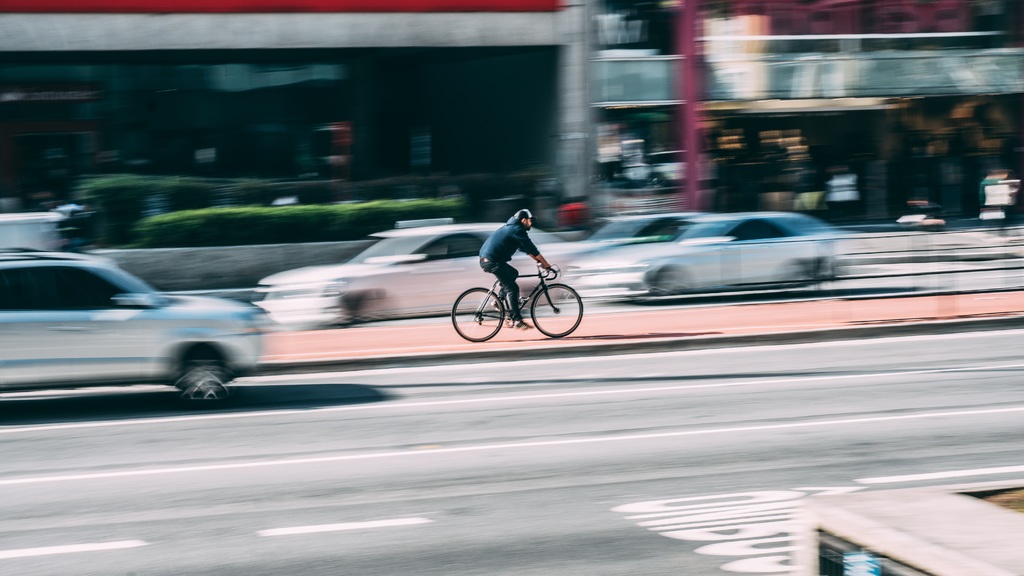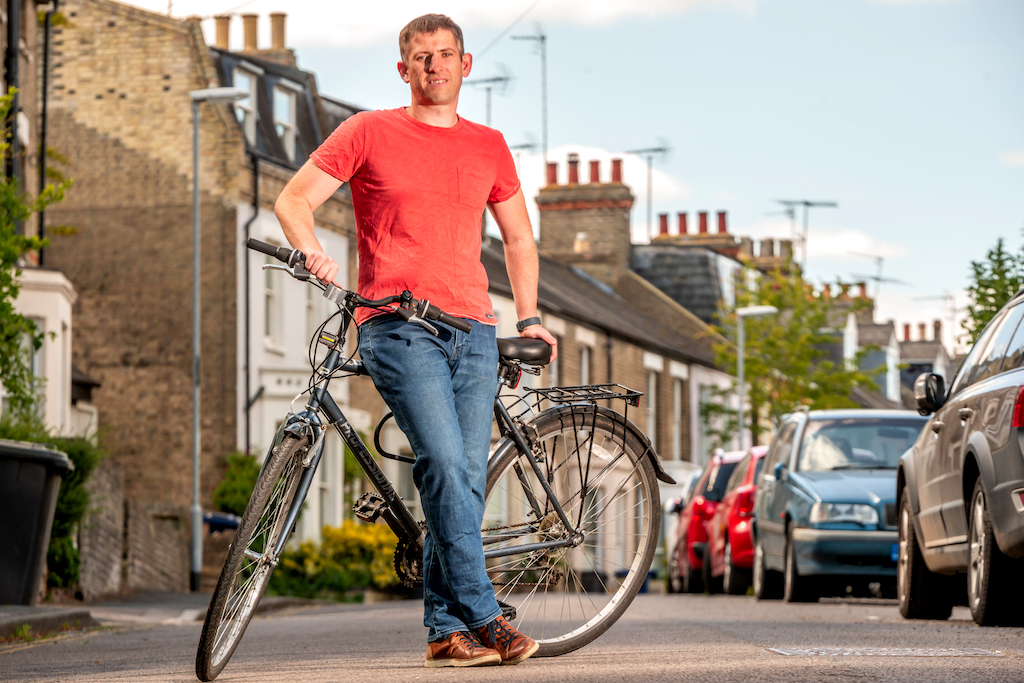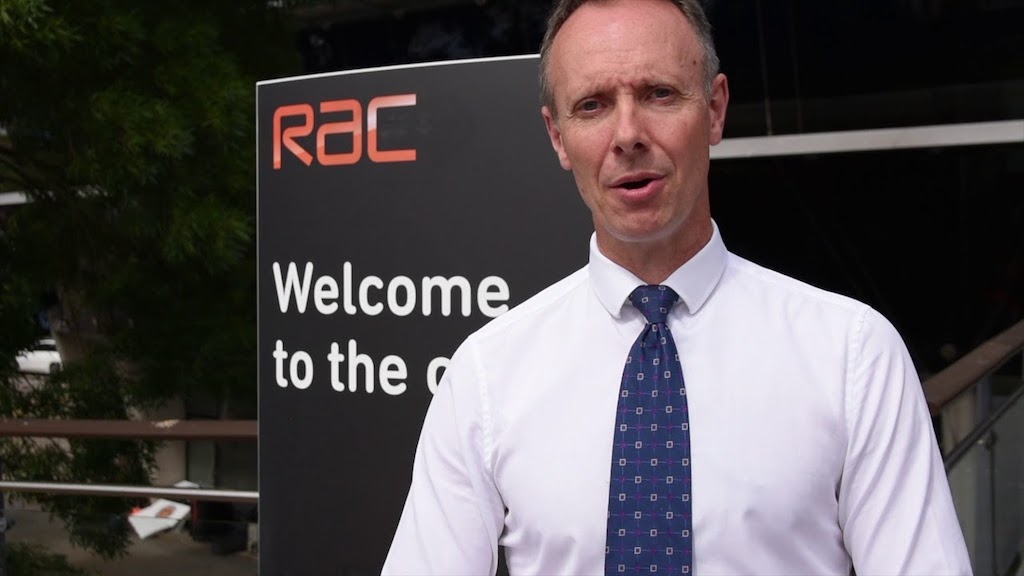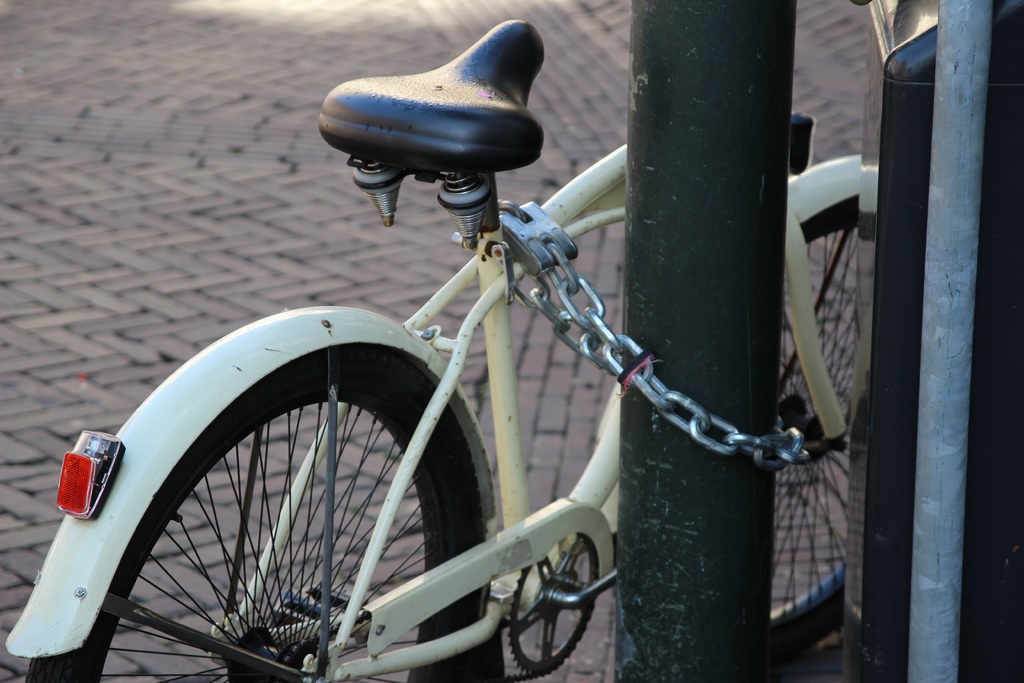The UK is experiencing a coronavirus-related boom in cycling, and while many celebrate the health benefits, some believe more cyclists will lead to an increase in accident and theft risk

Insurance firms expect a rise in claims to come alongside the UK cycling boom (Credit: PxHere)
The UK has experienced a big jump in people taking to the road on two wheels during the Covid-19 lockdown. But as the cycling boom sees sales increase at dramatic rates, questions have emerged about whether more cyclists could lead to more accidents, which ideally need to be insured against. Peter Littlejohns talks to industry figures about the risk implications brought about by a short-term boom or sustained increase in cycling.
The novelty of working from home wore off quickly for many in the UK, and for some time now those feeling perpetually shut-in have been seeking to escape the monotony without breaking social distancing rules.
It’s not surprising perhaps, that easing of restrictions has coincided with a boom in cycling – a hobby that allows people to escape the confines of their homes, while still adhering to social distance requirements.
While there are no comprehensive figures quantifying the scale of this boom, UK independent public body Sport England found through weekly surveys that the number of people who’ve been cycling “in the past week” grew from 8% in early April to 16% in late May.
But while the country’s population can enjoy its pedal-powered exercise with fewer cars on the road, it’s unclear exactly how the increase in bikes will affect the risk posed to cyclists themselves — as well as drivers and pedestrians.
“The one thing everybody is very clear on is that they don’t want to be going on public transport right now,” says Jimmy Williams, CEO of renters insurance specialist Urban Jungle.
Despite this, his own business, which covers bicycles under its wider contents policy, hasn’t seen an influx of claims.
“Not yet,” he adds, “But the vast majority of cycle miles, certainly in the big cities, are ridden by people on their way to work, and those journeys just aren’t happening at the moment.
“While cycle purchases are way up, miles cycled are way down at the moment — but they’ll probably explode in the next couple of months.”

An explosion of cycling risk?
A keen cyclist himself, Williams has seen first-hand examples of some of the risk factors a UK cycling boom is bringing along for the ride.
“There’s definitely a lot of people who don’t look like they’ve been on a bike for a while, often on a rusty old one that’s not working properly.
“Also, particularly in London, there are a lot of cars on the road. If you’ve got a car and you don’t want to take public transport anymore, hopping in that is another way to avoid it.
“We could well see not only a lot more bikes on the road, but also more cars.”
One insurer has already recorded evidence of the increased risk to cyclists in its claims experience.
Co-op Insurance released figures on 3 June indicating that claims made on its motor policies due to collisions with cyclists have doubled over the past 10 weeks.
Road safety charity Brake called the figures “very concerning” in a joint statement with the insurer, and urged drivers to stay vigilant and watch their speed.
Data obtained from the police — through a recent freedom of information request by breakdown-cover specialist RAC — revealed the scale of drivers increasing their speed while roads are clearer.
Within the 30 areas that police forces responded to the request, 17,363 speeding offences were recorded in 30mph zones within the first three weeks of lockdown.
While this is down on the 40,497 clocked in the same period in 2019, with less cars on the road generally, the RAC cautions that high speeds put vulnerable road such as cyclists at risk.
“While most of the highest speeds recorded were on motorways, some occurred on roads with much lower speed limits, which is an even greater concern,” says RAC road safety spokesman Simon Williams.

“The figures for speeding offences on 30mph roads are particularly worrying, as far more people have been walking and cycling due to the lockdown.”
Despite the increase in UK road risk suggested by the data from both Co-op Insurance and RAC, Urban Jungle’s Williams expects the number of claims his business records to be disproportionate to the number of people cycling amid the boom.
“It’s pretty likely that there will be more incidents than there have been, particularly as we see a lot of inexperienced cyclists hitting the road, or even just people who haven’t run their commute for the last four months.
“But we don’t think the increase will necessarily be in proportion to the amount of extra cyclists.”
Why aren’t all insurers seeing an increase in claims already?
While Williams hasn’t seen claims leap on his books, his experience may be related to the type of risk Urban Jungle writes.
Covering a two-wheeled asset through a homeowners or renters policy doesn’t place a limit on the minimum value a bicycle must have — whereas insurers with a specialism in cycling often do.
London-based Laka is an example of one such specialist, and will only insure bikes worth upwards of £750 ($950) — although it expects to lower this soon to cover more casual riders.
It does so to attract enthusiasts, which it believes will have a lower risk profile due to the care and attention they give to their bicycles.
But these riders also tend to cover more ground, which inevitably increases their chance of an accident.
“What we’ve seen is more claims, and in part more high-value claims, because the person who goes out on a Sunday ride is now going out six days a week or so,” says Laka CEO Tobias Taupitz.
He believes the increase in high-value claims is because enthusiasts who typically use their more expensive bike on a leisurely ride at the weekend, saving a cheaper model for commutes, are now riding the premier option much more often.

Despite this, he says the total impact on claims of UK cycling boom is yet to be realised for the same reason given by Williams.
“It’s a bit too early to tell because we’ve not seen the office workers return yet.
“Once we have the lawyers, bankers, consultants and other white-collar commuters that bought themselves a nice bike come back to the city for work, we could see an interesting impact.”
The increased risk of bicycle theft
As workers return to the office, Jimmy Williams believes theft reports — the most common bike-related claim made on Urban Jungle’s policies — will increase the most.
“It’s very hard to buy a bike on eBay at the moment, and there will be a global shortage of bikes, because this will be happening in every country that’s been locked down for a period of time,” he says.
“The reason we care about that is if second-hand prices go up alongside demand, then theft goes up too because there’s a demand to be fulfilled.
“Certainly in terms of frequency, I would assume that theft will be the main area that claims tick up a lot.”
Another reason for this, Williams believes, will be that the storage infrastructure in place across UK cities won’t be sufficient for the number of bikes that need to be parked by offices.
After speaking to the commercial landlords that let Urban Jungle’s own office space, which Jimmy says he and his team are looking into the practicalities of returning safely to, a key concern they have is the number of bikes expected to arrive alongside workers.
“This means instead of people parking in secure bike sheds, they’re going to strap them to lampposts, each other, or prop them up somewhere hidden,” he adds.

Evidence Admiral suggests that the rise in thefts is already underway, at least for its customers.
On 19 May, the Cardiff-based firm reported a 46% jump in bike thefts over the seven weeks prior.
Can UK cycling-boom risk be reduced?
With the expectation of higher claims from a variety of perils, there’s even more onus on those within the insurance industry, as well as the government, to mitigate the risks.
This is part of the reason the government is planning a £2bn ($2.53bn) boost to the cycling and walking infrastructure of UK cities, starting with £250m ($320m) in pop-up bike lanes to respond to the increase in riders.
For Avery, Taupitz and Williams — all cyclists themselves — these changes can’t come soon enough.
But alongside pop-up cycle lanes, which will be implemented with the aim of a short-term risk reduction, Avery’s employer, Thatcham, has been working alongside others on a longer-term solution it hopes will dramatically decrease the number of collisions between cars and bicycles.
As with many motor-vehicle safety measures, both Thatcham and the European New Car Assessment Programme, are hoping technology has the answer.
“If you buy yourself a new Mercedes or Volvo or even a Ford Focus today, it will be sensitive to a bicycle coming across its path.
“The vehicle will warn the driver, and if they don’t react, the vehicle will prevent or mitigate the collision.”
The image recognition technology onboard these vehicles is based on data gleaned from analysing real-world crashes.
It’s used to understand what the most common reasons for a collision are, and what combination of automatic braking and manoeuvring is required to prevent or mitigate the severity of them.
The next challenge, Avery says, is ensuring that road vehicles with a more complex risk profile, due to their size and shape, have the same kind of technology — something the insurers who fund Thatcham are in favour of.
“A new piece of work that we’re beginning now is looking at truck safety.
“There’s a big problem in cities with heavy trucks with low visibility of cyclists involved in what we call turn-across-path crashes, in which something like an eight-wheel truck will turn across the path of a cyclist.

“They’re often very tragic crashes in which there’s fault on both sides.
“Cyclists don’t always follow the rules of the road, and trucks have a visibility issue alongside there being a great complexity to driving them in heavy traffic.
“There’s an opportunity to develop new technology that can bring the driver’s attention to a cyclist, whether they’re abiding by the rules or not.
“Insurers are very keen to support this to stop any dangerous interactions and prevent injury or death from collisions.”
Is the UK cycling boom here to stay?
Some have expressed doubt that the apparent cycling boom will lead to a huge cohort of newly cyclists that keep up with the hobby — something the prospect of which excites specialist insurers such as Laka.
But Urban Jungle’s Williams believes the surge in popularity during the UK’s lockdown could end up being closer to a whimper than a big bang once the country returns to some kind of normality.
“It’s like a lot of lockdown trends, where things have gone crazy, and we will see them unfold quite quickly,” he says.
“With home education, for instance, related businesses are up right now, but people aren’t going to educate their kids at home once they can go back to school.”
This trend, Williams says, will be the same for public transport. As long as new cases of Covid-19 remain low, he believes some of those taking up cycling now will opt to travel on buses and trains instead, especially when we reach the colder months.
Despite this, he says the infrastructure planned to support the increase of cyclists could keep new hobbyists cycling and more of the bike-curious to hop on the saddle, too.
“There will be a residual amount of people who have got their bike and commute sorted, as well as all of the gear they need, and they’ll keep going.
“The noise coming from the government suggests they’re keen to capitalise on the current surge and see if they can improve the infrastructure, which will encourage more people to cycle.”
